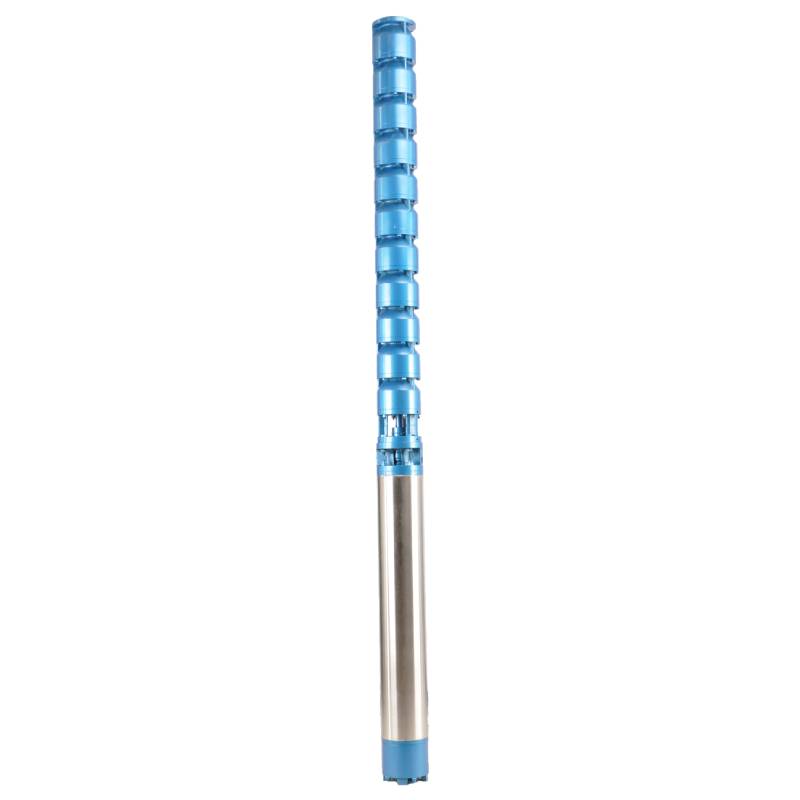Dec . 03, 2024 16:49 Back to list
priming a submersible well pump
Understanding the Priming Process of Submersible Well Pumps
Submersible well pumps are essential devices used for extracting groundwater from deep wells. They are designed to operate underwater, pushing water to the surface through a series of impellers and increasing pressure. One critical aspect of ensuring the effective operation of a submersible well pump is the priming process. Although submersible pumps are typically self-priming, understanding the priming mechanism, its importance, and the steps involved can enhance the pump’s efficiency and longevity.
What is Priming in Submersible Well Pumps?
Priming refers to the process of filling the pump and discharge line with water before initiating the pumping operation. While submersible pumps are submerged in water, priming can become a concern if the pump has been out of service or if air has entered the system due to a malfunction. When air is present in the pump, it can lead to cavitation, decreased efficiency, and potential damage to the pump components.
Importance of Proper Priming
Proper priming is crucial for several reasons
1. Cavitation Prevention When air encloses the hydraulic components, it can cause cavitation, characterized by the formation of vapor bubbles that collapse violently. This phenomenon can lead to significant wear and tear on the impellers and other components, reducing the lifespan of the pump.
2. Efficiency An adequately primed pump operates more efficiently, delivering the desired flow rates without excessive energy consumption. A lack of priming can result in reduced flow and pressure, making the system less effective.
3. Longevity By ensuring that air is removed from the pump and the system is primed correctly, you can extend the operational life of the pump, minimizing the need for repairs or replacements.
4. Consistent Water Supply A properly primed pump ensures a steady and reliable water supply, which is particularly important for agricultural irrigation, residential water systems, and industrial applications.
priming a submersible well pump

How to Prime a Submersible Well Pump
Even though submersible well pumps are self-priming, certain steps can be followed to aid the priming process
1. Check the System Before starting the priming process, it is crucial to inspect the well and the pump system for any leaks, loose fittings, or damages. Address any issues to prevent air from entering the system.
2. Install the Pump If you are installing a new pump or moving an existing one, ensure that it is correctly positioned in the well. The pump should be submerged below the water level to allow for proper operation.
3. Fill the Pump with Water If the pump has been out of the water, it is essential to fill it with water manually. This step can help eliminate air pockets and ensure that the pump operates smoothly once power is applied.
4. Use a Priming Chamber In some cases, pumps are equipped with a priming chamber or a suction lift. Ensure that these components are filled with water before starting the pump.
5. Start the Pump Once everything is in place, turn on the power to the pump. Monitor the operation closely, listening for any unusual sounds that may indicate air is still present in the system.
6. Check for Flow After the pump starts, check the discharge for water flow. If no water is being discharged, turn off the pump and troubleshoot. Inspect for possible obstructions or air entrapment that may need to be addressed.
Conclusion
Priming a submersible well pump is an essential aspect of ensuring its operational effectiveness. By understanding the importance of the priming process and following the appropriate steps, users can protect their pumps from damage, improve performance, and extend the lifespan of this vital equipment. Awareness of these factors is crucial for homeowners, farmers, and industry professionals who rely on groundwater extraction for their daily needs. Investing time and effort into proper priming can lead to significant long-term benefits, making it a fundamental practice in the maintenance of submersible well pumps.
-
Submersible Water Pump: The Efficient 'Power Pioneer' of the Underwater World
NewsJul.01,2025
-
Submersible Pond Pump: The Hidden Guardian of Water Landscape Ecology
NewsJul.01,2025
-
Stainless Well Pump: A Reliable and Durable Pumping Main Force
NewsJul.01,2025
-
Stainless Steel Submersible Pump: An Efficient and Versatile Tool for Underwater Operations
NewsJul.01,2025
-
Deep Well Submersible Pump: An Efficient 'Sucker' of Groundwater Sources
NewsJul.01,2025
-
Deep Water Well Pump: An Efficient 'Sucker' of Groundwater Sources
NewsJul.01,2025
-
 Submersible Water Pump: The Efficient 'Power Pioneer' of the Underwater WorldIn the field of hydraulic equipment, the Submersible Water Pump has become the core equipment for underwater operations and water resource transportation due to its unique design and excellent performance.Detail
Submersible Water Pump: The Efficient 'Power Pioneer' of the Underwater WorldIn the field of hydraulic equipment, the Submersible Water Pump has become the core equipment for underwater operations and water resource transportation due to its unique design and excellent performance.Detail -
 Submersible Pond Pump: The Hidden Guardian of Water Landscape EcologyIn courtyard landscapes, ecological ponds, and even small-scale water conservancy projects, there is a silent yet indispensable equipment - the Submersible Pond Pump.Detail
Submersible Pond Pump: The Hidden Guardian of Water Landscape EcologyIn courtyard landscapes, ecological ponds, and even small-scale water conservancy projects, there is a silent yet indispensable equipment - the Submersible Pond Pump.Detail -
 Stainless Well Pump: A Reliable and Durable Pumping Main ForceIn the field of water resource transportation, Stainless Well Pump has become the core equipment for various pumping scenarios with its excellent performance and reliable quality.Detail
Stainless Well Pump: A Reliable and Durable Pumping Main ForceIn the field of water resource transportation, Stainless Well Pump has become the core equipment for various pumping scenarios with its excellent performance and reliable quality.Detail
